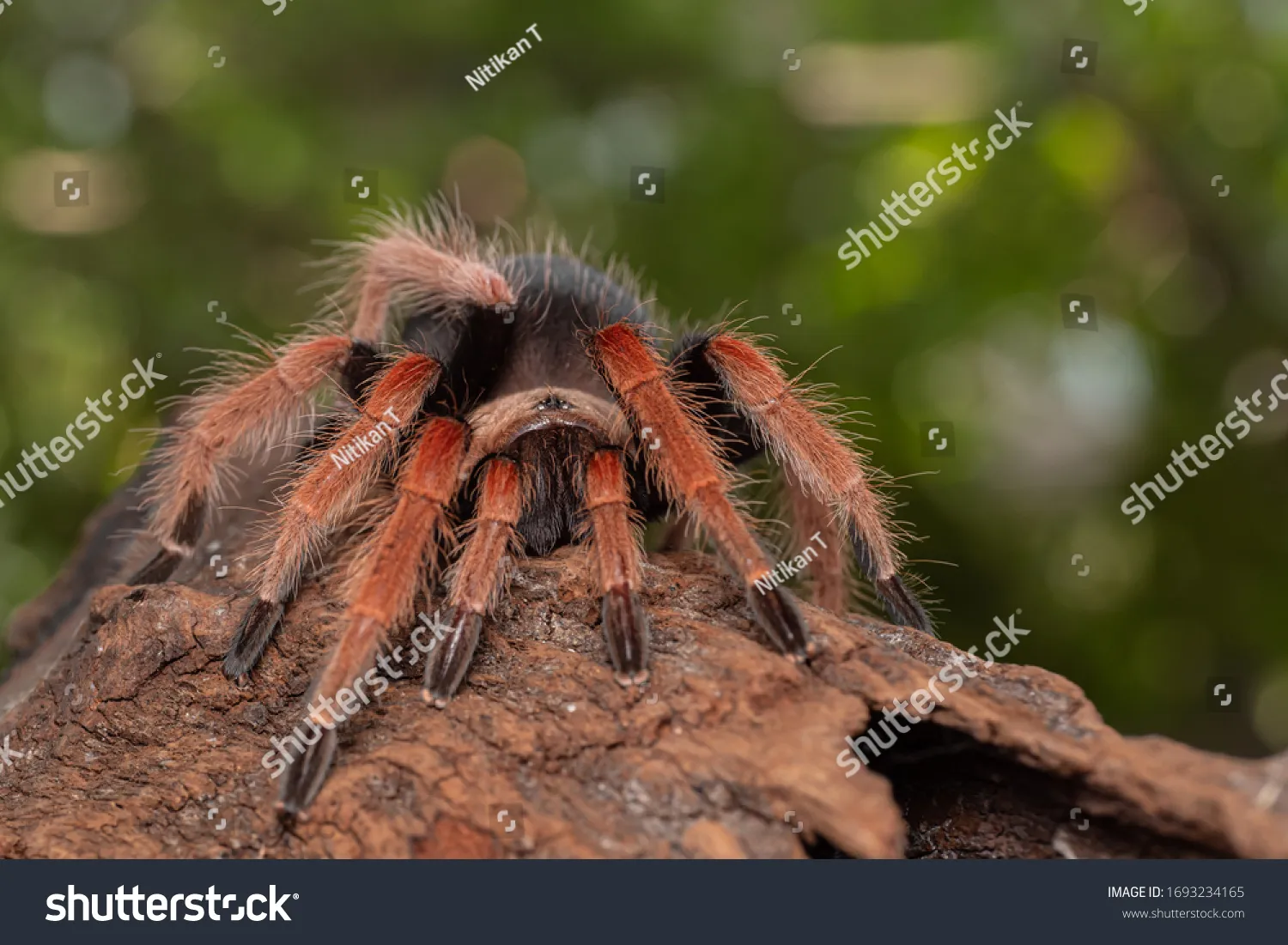The world of arachnids is vast and fascinating, and among the most captivating creatures are tarantulas. These large, hairy spiders often evoke a mix of fear and fascination, and the Orange Spider Tarantula, with its striking coloration, is a particularly eye-catching example. This article delves into the top 5 facts about the Orange Spider Tarantula, providing a comprehensive overview of its characteristics, habitat, behavior, and care. Whether you’re a seasoned arachnid enthusiast or simply curious about these amazing creatures, this guide will provide valuable insights into the life of this vibrant spider.
What is an Orange Spider Tarantula
The term “Orange Spider Tarantula” doesn’t refer to a single species but rather to a variety of tarantulas that exhibit vibrant orange hues. These spiders are part of the Theraphosidae family, which includes over 900 species. The specific species commonly referred to as the Orange Spider Tarantula can vary, but they all share the common characteristic of having striking orange coloration on their bodies, legs, or both. This color can range from a soft, pastel orange to a deep, fiery hue, making them a popular choice among tarantula enthusiasts. The Orange Spider Tarantula, like all tarantulas, is a terrestrial, nocturnal predator, spending most of its time in burrows or shelters, waiting to ambush its prey. Their large size, coupled with their vivid coloration, makes them a standout in the spider world.
Appearance and Identification
Identifying an Orange Spider Tarantula begins with observing its size and coloration. These tarantulas are generally medium to large in size, with a leg span that can reach up to 6-8 inches, depending on the species. The most defining feature is the orange coloration, which can appear on the carapace (the upper shell), the legs, the abdomen, or a combination of these. The shade of orange varies, adding to the diversity within this group. Other physical characteristics include a hairy body, which is typical for tarantulas, and chelicerae (fangs) used for capturing and subduing prey. Careful observation of these features will help you identify an Orange Spider Tarantula.
Size and Coloration
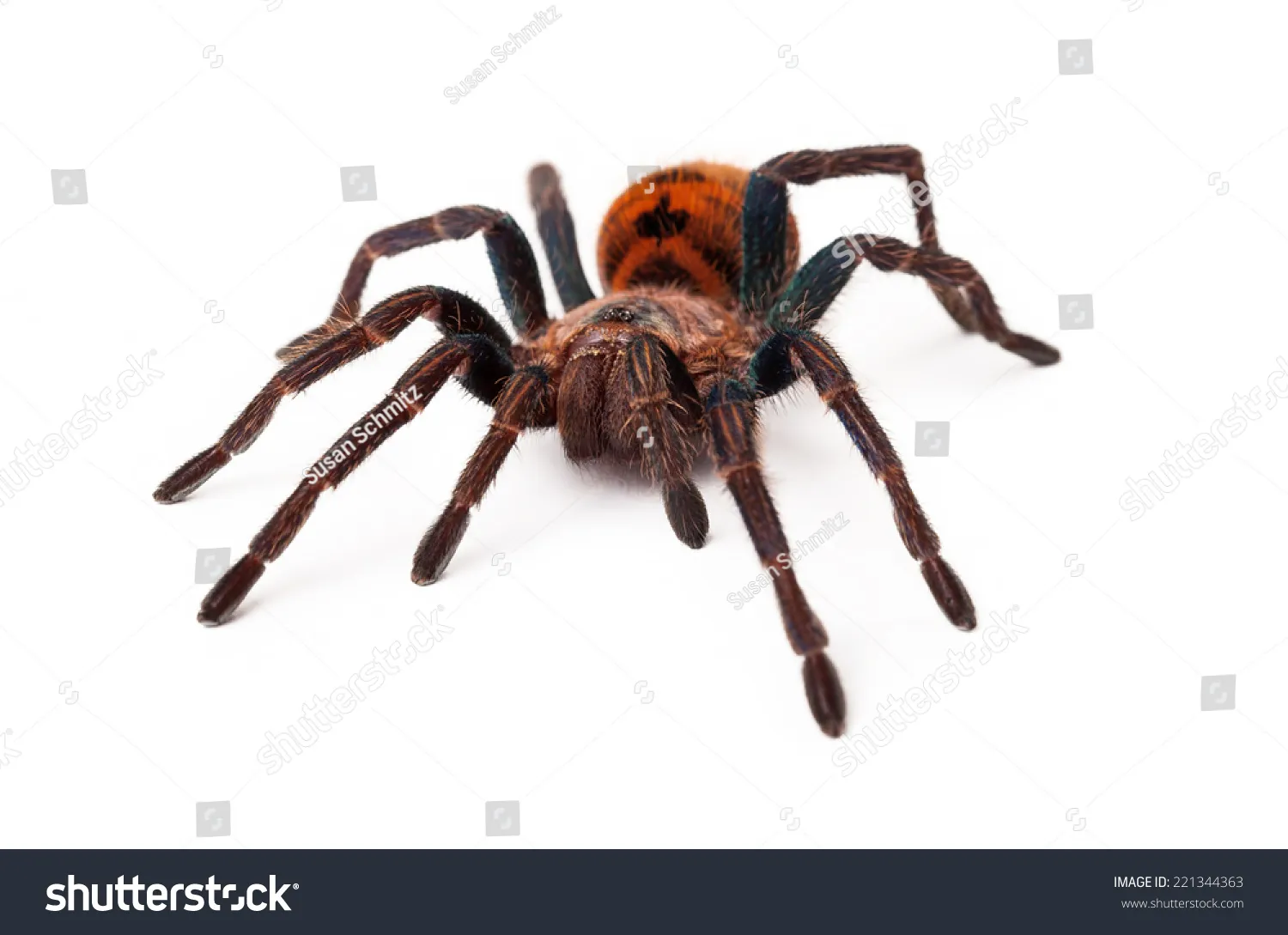
The size and coloration of an Orange Spider Tarantula can vary depending on the specific species and individual characteristics. Generally, these tarantulas have a leg span ranging from 5 to 8 inches or more. The coloration, which is the most distinguishing feature, can be a vibrant orange, ranging from a light, almost pastel shade to a deep, fiery hue. Some species may have orange legs and a black carapace, while others may have an orange abdomen or a combination of colors across their body. The intensity and pattern of the orange coloration can also vary based on the tarantula’s age, health, and environmental factors. This variation in size and color adds to the unique beauty of each individual Orange Spider Tarantula.
Lifespan
The lifespan of an Orange Spider Tarantula can vary based on the species and sex of the individual. Generally, female tarantulas live significantly longer than males. Females can live for 15 to 25 years or even longer, while males typically live for only 2 to 5 years after reaching maturity. This difference is primarily due to the male’s role in reproduction and the associated stress. Several factors can influence a tarantula’s lifespan, including diet, environmental conditions, and overall health. Providing proper care and a suitable habitat can help ensure a longer and healthier life for your Orange Spider Tarantula.
Habitat and Distribution
Natural Habitat

Orange Spider Tarantulas are typically found in tropical and subtropical regions, where the climate is warm and humid. The specific natural habitat of the Orange Spider Tarantula varies depending on the species, but they generally inhabit areas with dense vegetation, such as forests, grasslands, and scrublands. These tarantulas are often found in burrows or under rocks, logs, or other sheltered locations to protect themselves from predators and the elements. Their habitat provides them with the necessary conditions to thrive, including a stable temperature, humidity, and a source of food. Understanding the natural habitat of the Orange Spider Tarantula is crucial for providing appropriate care in captivity.
Geographic Distribution
The geographic distribution of Orange Spider Tarantulas is diverse, with different species found in various parts of the world. They are commonly found in regions such as South America, Central America, and parts of North America. Some species may be endemic to specific areas, while others have a wider distribution. The exact location of the Orange Spider Tarantula varies based on the species and their specific habitat requirements. Generally, their distribution is limited to warm, humid climates. This wide range of locations reflects the adaptability of these tarantulas and their ability to colonize different environments within suitable climatic zones.
Behavior and Temperament
Defensive Mechanisms
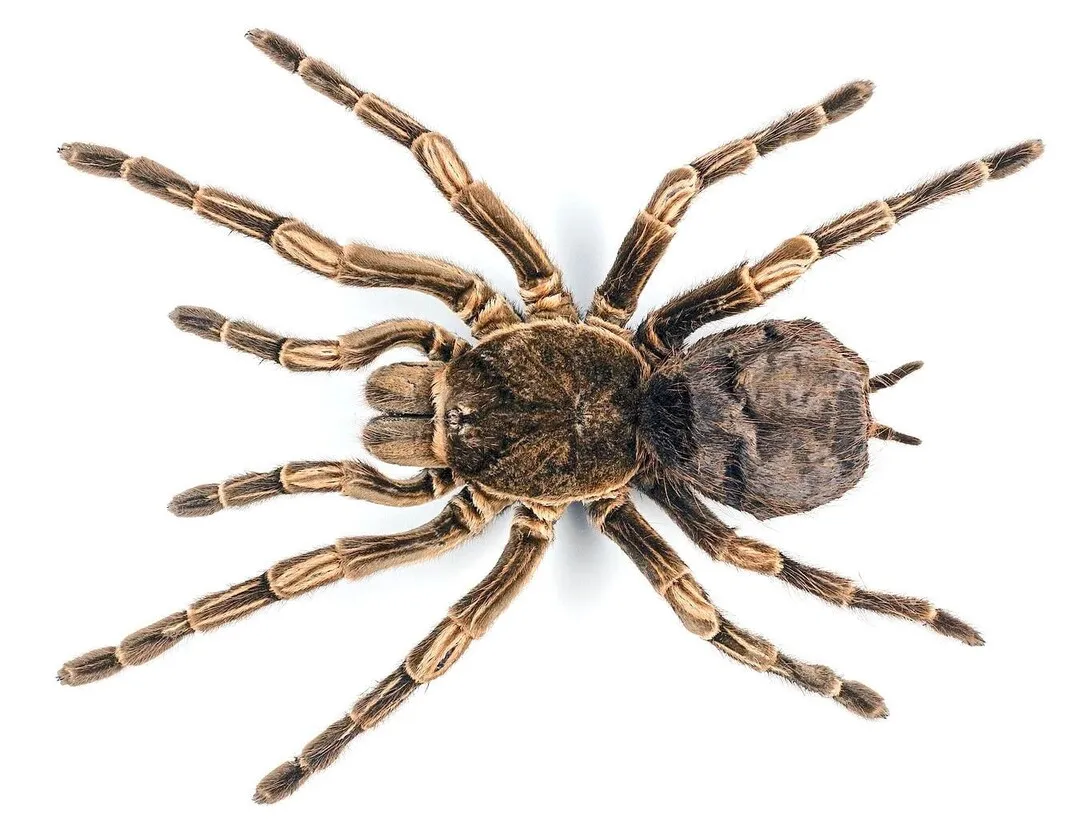
Like all tarantulas, the Orange Spider Tarantula has several defensive mechanisms to protect itself from predators. One of the primary defenses is their ability to flick urticating hairs from their abdomen. These hairs are irritating and can cause skin and eye irritation in potential threats. They also have the ability to bite, although their venom is generally not considered life-threatening to humans. Furthermore, they may raise their front legs in a threatening posture, or they may also retreat to their burrow or a hidden location when they feel threatened. Understanding these defense mechanisms is essential for safely handling and caring for an Orange Spider Tarantula.
Feeding Habits
Orange Spider Tarantulas are primarily carnivorous, with their diet consisting of insects and other invertebrates. In the wild, they feed on a variety of prey, including crickets, grasshoppers, beetles, and other small animals. In captivity, they can be fed a diet of commercially available insects, such as crickets, roaches, and mealworms. The feeding frequency depends on the age and size of the tarantula, with younger spiders needing to be fed more often than adults. They typically ambush their prey, using their fangs to inject venom and subdue their victims. Providing a varied and appropriate diet is crucial for the health and well-being of an Orange Spider Tarantula.
Captive Care
Enclosure Setup
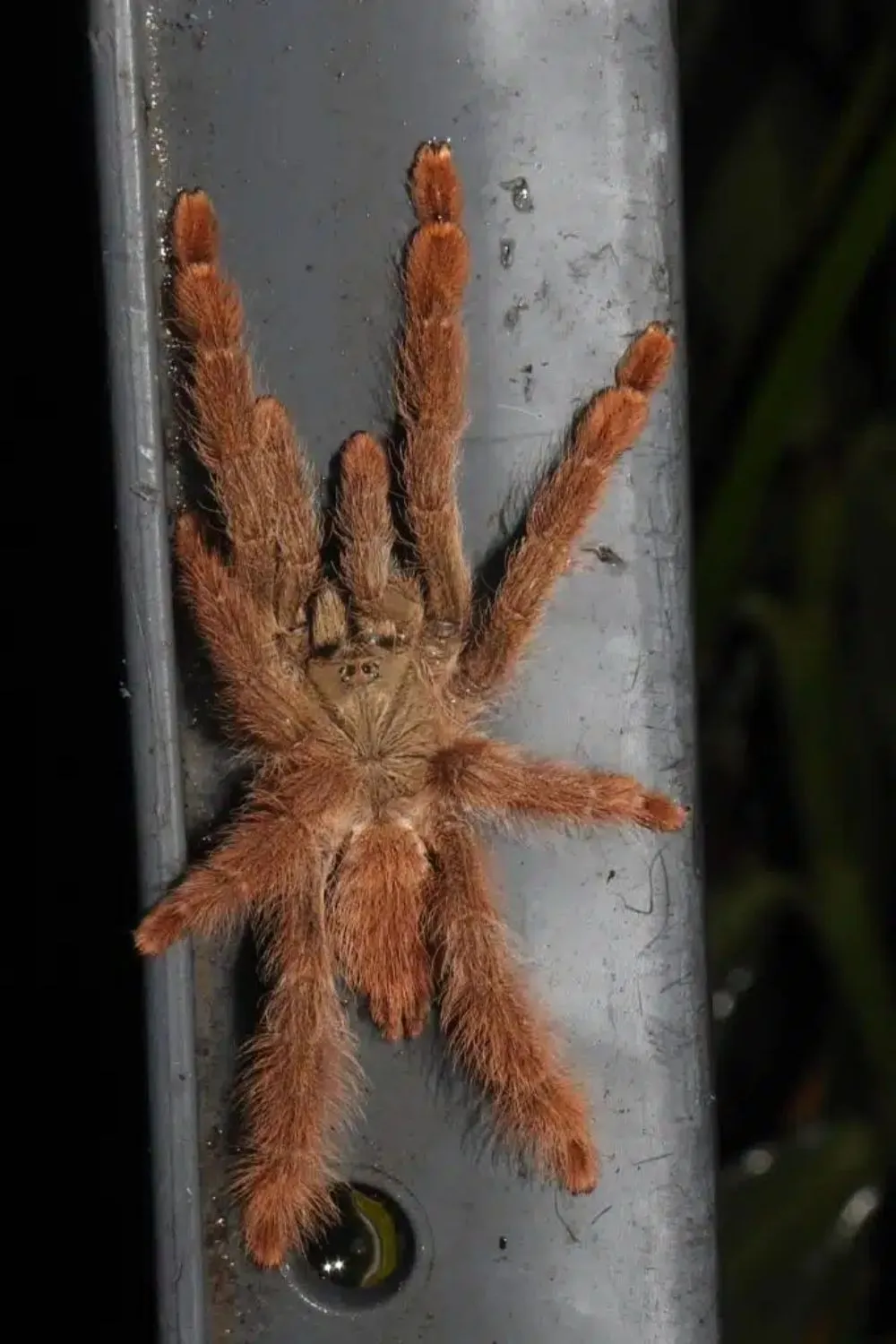
Setting up the right enclosure is essential for the health and well-being of an Orange Spider Tarantula. The enclosure should be large enough for the tarantula to move around comfortably, with dimensions appropriate for its size. A secure lid is necessary to prevent escape. The substrate should be deep enough for burrowing and should retain moisture, such as a mixture of peat moss, vermiculite, and coconut fiber. Hiding places, such as cork bark or artificial plants, should be provided to offer security. A shallow water dish is also necessary for hydration. The temperature and humidity levels should be maintained according to the species’ specific requirements, typically between 75-85°F and 60-70% humidity. Regular maintenance, including spot cleaning and substrate replacement, is also crucial.
Diet and Nutrition
Providing the proper diet and nutrition is vital for an Orange Spider Tarantula’s health. In captivity, these spiders primarily eat insects, such as crickets, roaches, and mealworms. The size and type of prey should be appropriate for the size of the tarantula, with smaller prey for juveniles and larger prey for adults. It’s essential to feed the tarantula a varied diet to ensure they receive the necessary nutrients. Overfeeding should be avoided, as it can lead to obesity. Fresh water should be provided at all times in a shallow dish. Supplementing the diet with vitamin and mineral supplements, especially calcium, can also be beneficial, though is generally not necessary if a varied diet is provided.
Health and Common Issues
Orange Spider Tarantulas, like all animals, can experience health issues. Common problems include dehydration, parasitic infestations, and injuries. Dehydration can be prevented by ensuring the tarantula has access to fresh water and maintaining appropriate humidity levels. Parasites can be prevented through proper hygiene and the use of clean substrate and food sources. Injuries, such as damaged legs or fangs, can occur, and should be treated carefully. The tarantula’s behavior can often indicate a health issue. Loss of appetite, lethargy, or unusual postures should be monitored. Consulting with a veterinarian experienced in arachnids can help address any health concerns.
Conservation Status
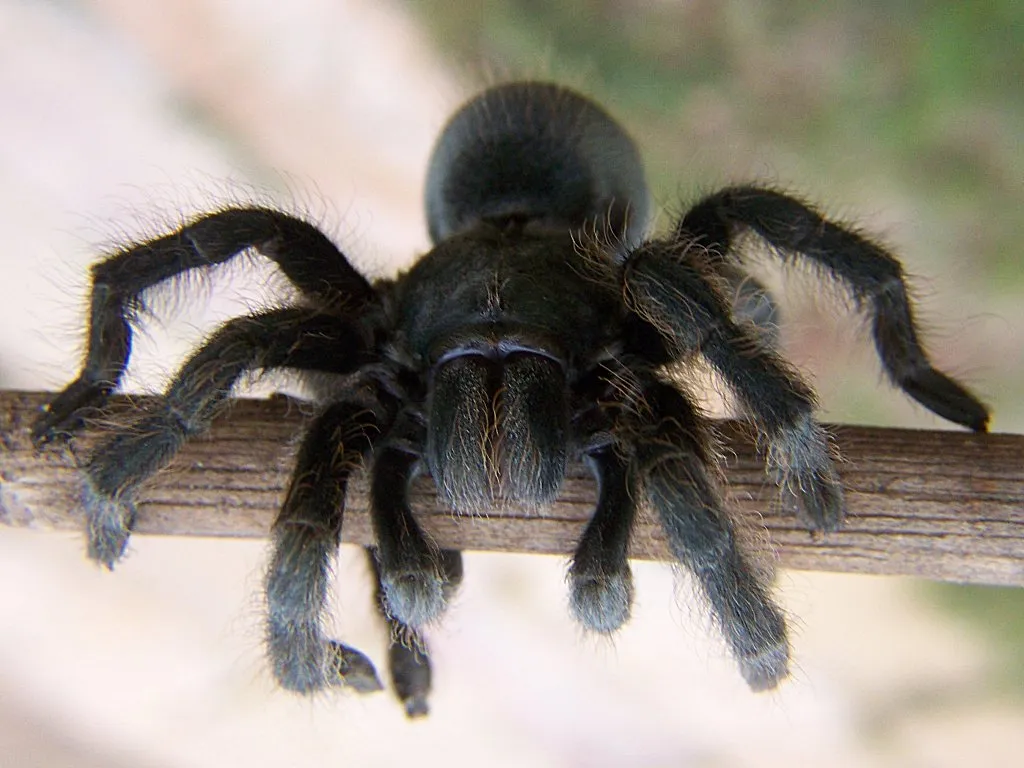
Threats to Orange Spider Tarantulas
Orange Spider Tarantulas, like many other species, face several threats in their natural habitats. Habitat loss due to deforestation, urbanization, and agricultural expansion is a major concern. The destruction of their natural environments reduces the available space and resources for survival. The illegal pet trade also poses a threat, as collection from the wild can deplete populations. Climate change and its effects on temperature and rainfall patterns can also impact the tarantula’s habitat, making it difficult for them to thrive. Furthermore, pesticide use and pollution can contaminate their environment and food sources. Understanding these threats is essential for implementing conservation efforts to protect Orange Spider Tarantulas and their habitats.
Conservation Efforts
Conservation efforts for Orange Spider Tarantulas involve several strategies aimed at protecting their populations and habitats. These include habitat preservation and restoration, which focuses on protecting existing habitats and restoring degraded ones. Controlling the illegal pet trade through stricter regulations and enforcement is critical. Promoting responsible pet ownership and educating the public about the importance of these species are also crucial. Captive breeding programs can help increase the population of tarantulas while reducing the need to collect them from the wild. Supporting research and monitoring efforts to track the populations, threats, and habitats is also essential. By combining these efforts, we can help to ensure the long-term survival of Orange Spider Tarantulas.
Conclusion
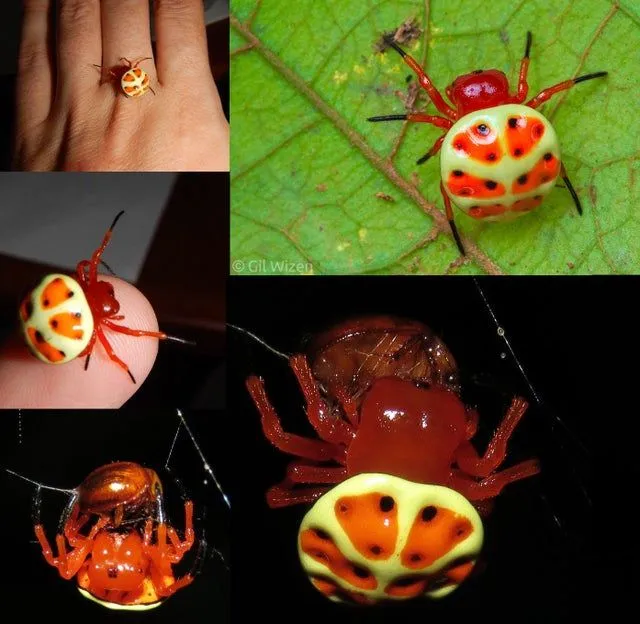
The Orange Spider Tarantula is a captivating and fascinating creature, with its striking appearance and unique behaviors. From its vibrant coloration to its intricate life cycle, this spider offers a glimpse into the wonders of the arachnid world. Understanding its habitat, behavior, and care requirements is essential for appreciating and protecting this species. By promoting responsible pet ownership, supporting conservation efforts, and educating the public, we can help ensure that Orange Spider Tarantulas continue to thrive in their natural environments for generations to come. Whether you’re a seasoned arachnid enthusiast or a curious newcomer, the Orange Spider Tarantula offers a rich and rewarding experience.
